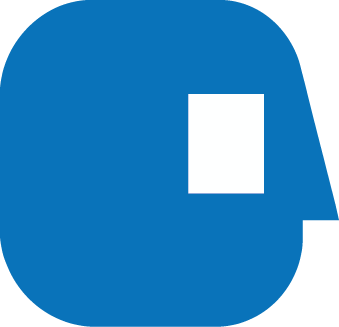Modernizing your business is not easy. For healthcare payers, the need to stay on top of changing regulations brings them head to head with inefficient processes, errata, and long times to market. Multiple, siloed legacy systems, lack of visibility into content creation, and extended review cycles limit business growth and generate costly fines for non-compliance with state and federal requirements. By implementing cutting edge digital solutions, payers can address these pain points and enable growth to scale at a quicker pace.
Healthcare payers also face increased competition as FinTech, InsurTech, and tech giants like Apple and Amazon enter the health insurance market. Because these new players lack the same legacy technology debt of traditional insurance providers, payers must modernize processes and enhance customer experience to remain competitive. Payers can achieve these objectives by adopting digital transformation methods from healthcare supply chains.
Traditionally in healthcare, supply chain thinking is confined to patient delivery. However, healthcare payers can speed time to market by applying supply chain strategies to customer communications. The first step is to automate processes for customer communications, from the input request for new correspondence to print/online delivery. Automation ensures that all stakeholders—including content creators and approvers, legal and compliance personnel, and marketing and production teams—are included in the content lifecycle. Next, payers should consider how those input request workflows will feed into and drive composition systems to automate content creation. In addition, payers should utilize approvals, business rules and reusable document templates to streamline the composition of their communications.
Implementing supply chain thinking into health insurance differs from digital solutions of the past by adopting a data-driven, full-lifecycle approach to correspondence challenges. To automate customer communications and implement a full end-to-end transformation, payers will need to integrate with enterprise content management systems for sharing materials across the organization as well as sending the materials for print or web presentment.
Luckily, help is on the horizon in the form of SaaS and PaaS vendor ecosystems that are API-driven and cloud native. These solutions solve many of the challenges facing healthcare payers through the automation of key processes, data visualizations, and dashboards that give real-time insight into the status of various projects that an organization is running, allowing them to plan resources and timelines accordingly.
Applying supply chain automation to customer communications builds capacity to bring products to market faster and more efficiently. By streamlining business processes, eliminating costly error penalties, and improving the overall customer experience, payers will discover that the sky is the limit when it comes to growing new business opportunities.
Isn’t it time you transformed your customer communications?
